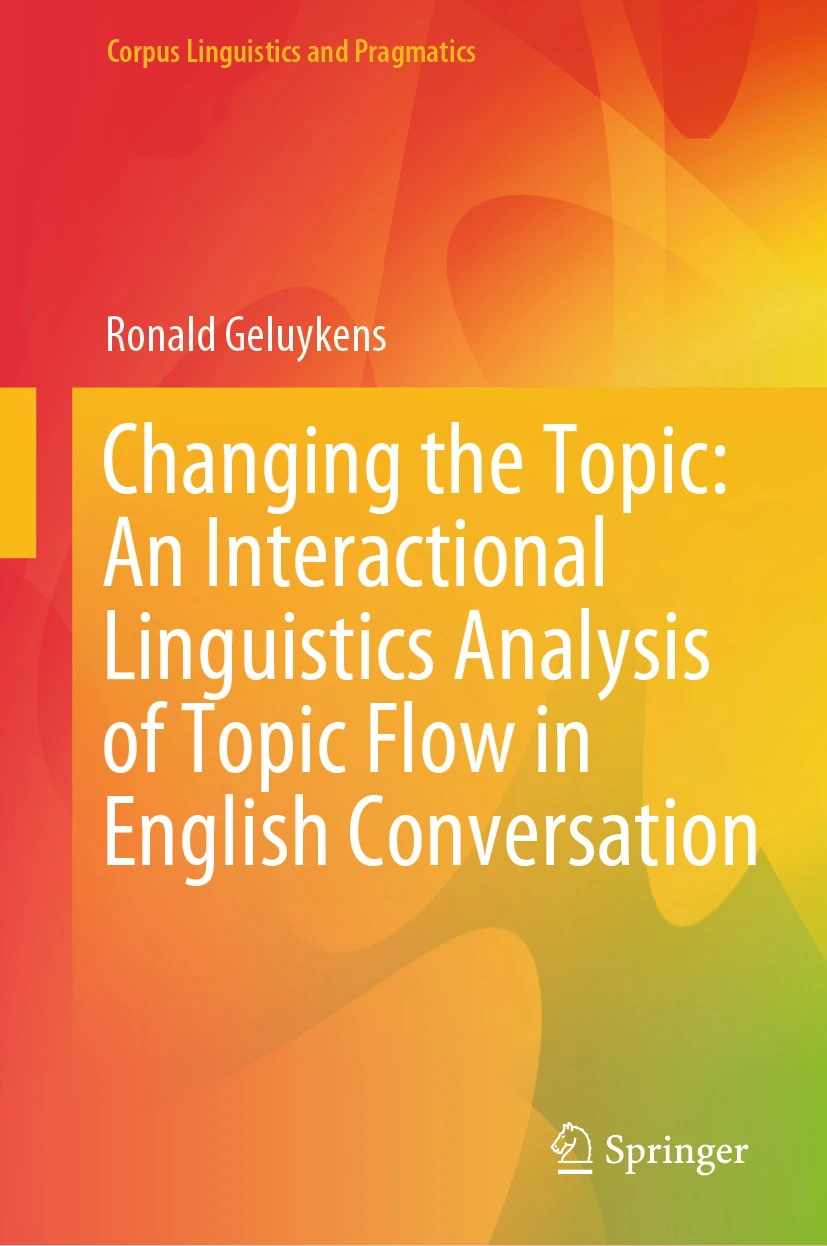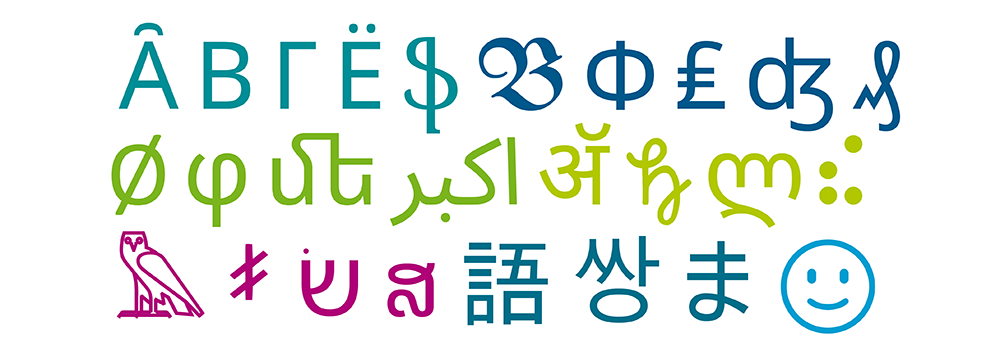
The Destruction of Medieval Manuscripts in England: Institutional Collections
It is generally accepted that the contingencies of manuscript survival have disproportionately destroyed some sorts of manuscripts and not others. But there is no consensus as to which sorts. Loosely-bound books, deluxe books, secular books, and purely liturgical books are all thought to have been disproportionately destroyed. Nor is there any consensus about how or when the bulk of this destruction happened. Although it is usually believed that the Dissolution of the Monasteries was the single most significant event in England’s history of medieval manuscript loss, it is not clear what mark it left on the record. How did Reformation-era losses compare to those that preceded the Reformation and to those that followed it? How did the kinds of losses caused by sectarian conflicts compare to more everyday kinds of loss, such as improper storage or deliberate deacquisition? Which manuscripts were targeted, when, and how can we expect the record to be skewed? These questions, which lie at the heart of this study, are important for researchers working in multiple fields, including literary studies, book history, and archival sciences. Blending more traditional book history approaches with methods drawn from quantitative codicology, this study explores the most significant moments of manuscript loss in the history of England. As this study shows, a focus on book lists from institutional libraries has led to a tendency to misrepresent and underestimate the destruction of medieval manuscripts. The evidence suggests that this destruction was much more limited in its targets, but far more extensive in scope, than is usually acknowledged.
zum Buch im ULB-KatalogPlus – gedruckte Ausgabe
zum Buch auf der Verlags-Website – eBook open access verfügbar!
Changing the Topic: An Interactional Linguistics Analysis of Topic Flow in English Conversation
zum Buch im ULB-KatalogPlus
zum Buch auf der Verlags-Website




Schreibe einen Kommentar